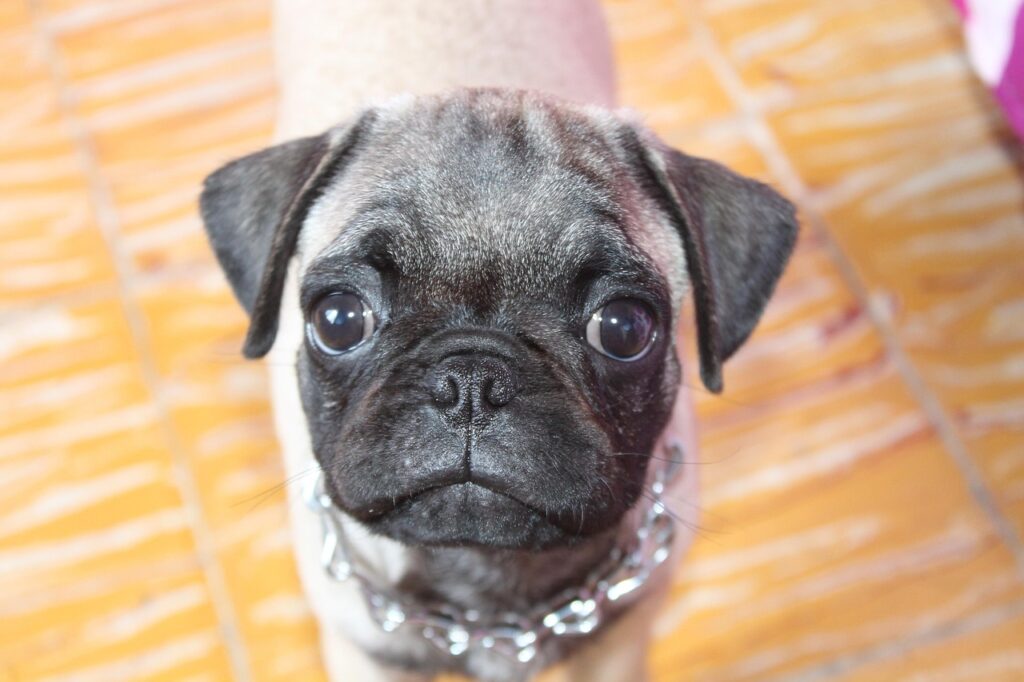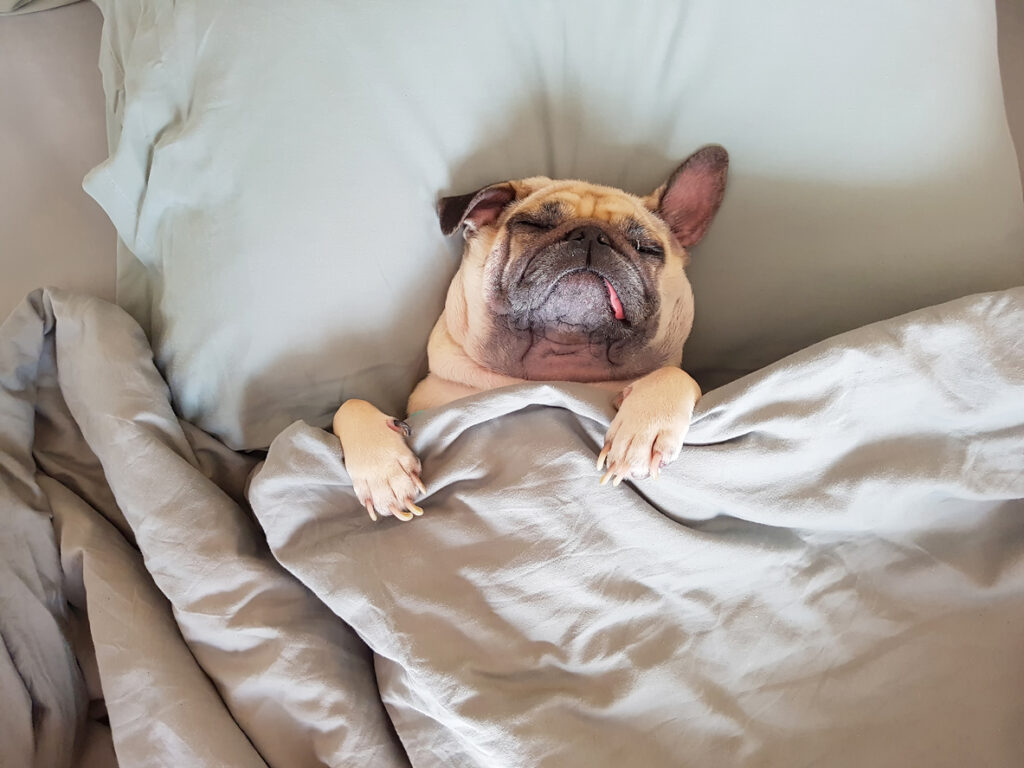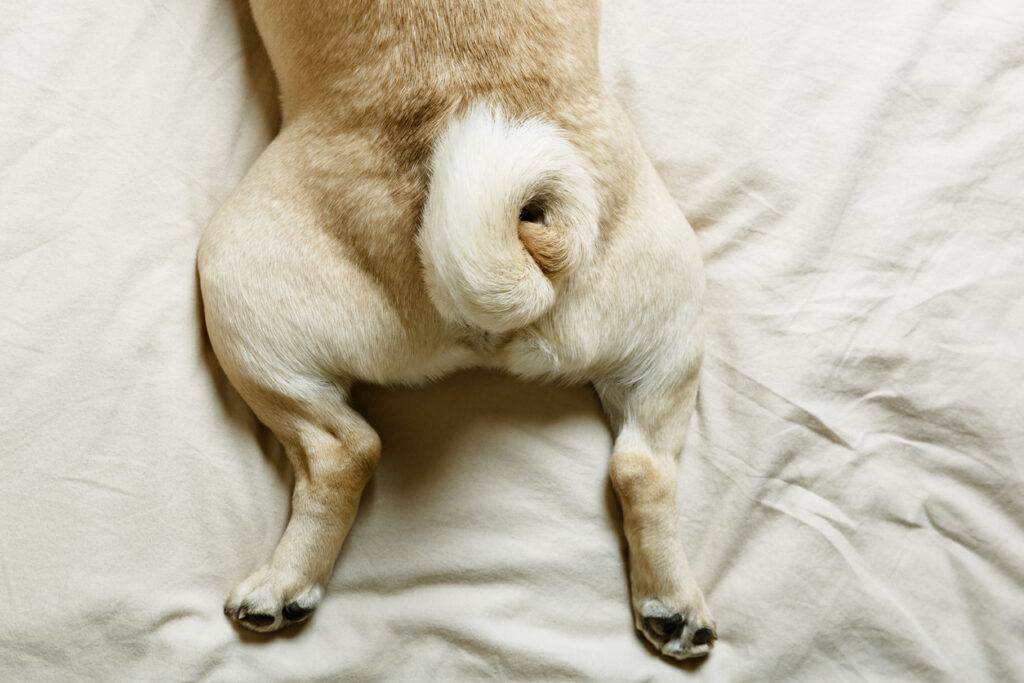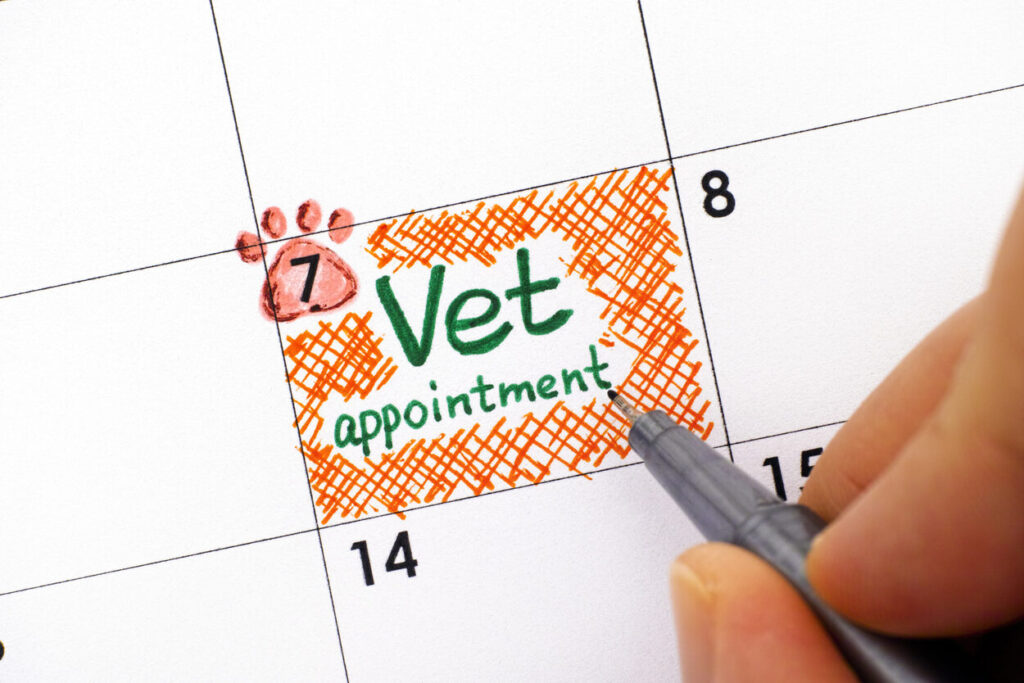1. Breathing Feels Like a Full-Time Job

Pugs are born with a condition called brachycephalic airway syndrome, which basically means their airways are too small for their adorably large heads. Even normal breathing takes effort, making activities like running or playing exhausting after just a few seconds. Hot weather? Total nightmare. Many pugs are at risk of overheating because they can’t pant properly to cool down. It’s not just a little snort here and there; for some pugs, every breath can feel like a mini workout. Adorable? Absolutely. Comfortable? Not so much.
Source: VCA Hospitals
2. Their Eyes Are Literally Popping Out

Those big, beautiful eyes that make everyone melt are actually a major health risk. Because their skulls are so shallow, pug eyes are prone to “proptosis,” where an eye can literally pop out of its socket. Even something as innocent as playing too rough or tugging on a leash can cause serious eye trauma. Many pugs need eye drops or even surgery just to maintain basic eye health. It’s a lot of pressure (literally) packed into those smooshy faces. Cute, but kind of terrifying when you think about it.
Source: Pet MD
3. Overheating Happens Way Too Easily

Pugs can overheat just walking down the block because their short noses don’t allow them to cool down efficiently. They’re way more vulnerable to heatstroke than the average dog. Even moderate temperatures can be dangerous without plenty of shade, water, and breaks. In really hot weather, many pugs shouldn’t be outside at all — it’s too risky. Owners often need to carry them or invest in cooling vests just for a quick trip outside. It’s like living life bundled in a parka during a Florida summer.
Source: Pug Village.com
4. Skin Folds Aren’t Just Cute, They’re Trouble

Those signature wrinkles are adorable, but they’re also bacteria magnets. Moisture and dirt get trapped in the folds, creating perfect breeding grounds for infections. Without daily cleaning, a pug can quickly develop painful, smelly skin problems. Owners often have to wipe between every wrinkle to keep their dogs healthy and comfortable. It’s a full-time skincare routine just to stay infection-free. Vogue models have nothing on the daily beauty regimen of a pug.
Source: Black Pug Site.com
5. Spinal Problems Are More Common Than You’d Think

Due to their compact, curly-tailed bodies, pugs are prone to spinal diseases like hemivertebrae. Some pugs are even born with malformed vertebrae that cause chronic pain or mobility issues later in life. This can mean anything from mild discomfort to full paralysis if it progresses. Many pugs require specialized orthopedic beds, careful handling, and sometimes even surgery. They may look like little tanks, but underneath, their bodies are surprisingly fragile. Snuggling is fun, carrying a pug around like a fragile Fabergé egg is less so.
Source: Pug Welfare
6. Dental Issues Are Practically a Given

Pugs’ tiny jaws have to cram in a full set of dog teeth, and it doesn’t always go well. Overcrowding leads to serious dental problems, including infections, bad breath, and early tooth loss. Some pugs even need multiple teeth removed at a young age to avoid pain. Regular brushing isn’t optional for these guys , it’s survival. Dog toothpaste becomes as essential as kibble. Otherwise, that cute little underbite can lead to some not-so-cute vet bills.
7. Snoring Like a Chainsaw (Even When They’re Awake)

Pugs don’t just snore at night, they snort, wheeze, and grunt all day long. Their squished faces mean their airways are partially blocked 24/7, making them sound like tiny, struggling vacuum cleaners. Some pugs even make noises when they’re just sitting still, as if breathing is a full-contact sport. This might be funny at first, but it also means many pugs develop sleep apnea, leaving them restless and fatigued. Some owners have to use humidifiers or special beds to help their dogs sleep easier. Cute? Yes. Quiet? Never.
8. That Curly Tail Comes with a Catch

One of a pug’s most recognizable features is that tightly curled tail — but it’s not just decorative. That extreme curl is actually a spinal deformity, and in some pugs, it can lead to nerve issues and mobility problems. Some pugs suffer from a condition called “screw tail,” where the tail folds too tightly, leading to painful infections and skin irritation. In severe cases, a veterinarian may even recommend surgery to correct it. A perfect little curly cue might look adorable, but for some pugs, it’s a built-in health hazard. Who knew a tail could cause this much drama?
9. Eating Is an Extreme Sport

Because pugs have such short noses, they struggle to eat and drink like normal dogs. They often have to gulp their food down awkwardly, leading to choking, excessive gas, and digestion issues. Some pugs even develop a dangerous condition called aspiration pneumonia when food or water accidentally gets into their lungs. Slow feeder bowls, elevated dishes, and carefully portioned meals can help, but let’s be real, pugs are still going to inhale their food like tiny, wheezing vacuums. They’re basically the food lovers of the dog world, but their bodies didn’t get the memo. Every mealtime is a high-stakes competition against their own anatomy.
10. Exercise? That’s Hilarious

Pugs may want to run and play, but their bodies often disagree. Their short legs, breathing issues, and tendency to overheat make strenuous activity a challenge. A game of fetch can turn into an asthma attack if owners aren’t careful. Many pugs need carefully controlled exercise routines, short walks, indoor playtime, and plenty of water breaks. They might act like they have the energy of a Labrador, but they don’t have the lung power to back it up. Let’s just say no pug is ever winning a doggy marathon.
11. Vet Visits Are a Lifestyle, Not an Event

Most dogs visit the vet for annual checkups, but for pugs, it’s practically a second home. With their long list of potential health issues — from eye infections to breathing troubles to skin conditions, regular vet visits are inevitable. Many owners budget for extra medical costs before even bringing a pug home, knowing they’ll likely rack up more bills than other breeds. While pugs are affectionate, playful, and endlessly lovable, their health struggles make them high-maintenance companions. They don’t just require love and attention, they require patience, money, and a lot of preventative care. Owning a pug is basically signing up for a lifetime of “just one more vet appointment.”


